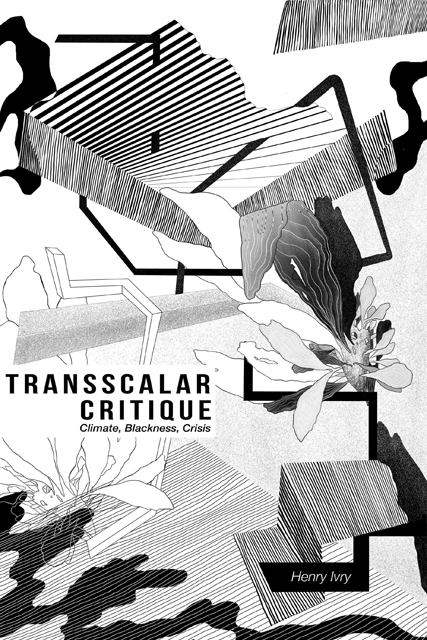Book contents
- Frontmatter
- Contents
- Acknowledgments
- Introduction: Ecologies of Crisis
- 1 Crisis Realism: Writing Economically, Thinking Ecologically
- 2 Global Weirding: Climate Crisis and the Anthropocene Imaginary
- 3 Transscalar Blackness: Race and the Long Anthropocene
- 4 Improbable Metaphor: Jesmyn Ward and the Asymmetries of the Anthropocene
- 5 Unmitigated Blackness: Paul Beatty’s Transscalar Satire
- Works Cited
- Index
Introduction: Ecologies of Crisis
Published online by Cambridge University Press: 13 April 2023
- Frontmatter
- Contents
- Acknowledgments
- Introduction: Ecologies of Crisis
- 1 Crisis Realism: Writing Economically, Thinking Ecologically
- 2 Global Weirding: Climate Crisis and the Anthropocene Imaginary
- 3 Transscalar Blackness: Race and the Long Anthropocene
- 4 Improbable Metaphor: Jesmyn Ward and the Asymmetries of the Anthropocene
- 5 Unmitigated Blackness: Paul Beatty’s Transscalar Satire
- Works Cited
- Index
Summary
In an early moment in Don DeLillo’s quickly canonized Harper’s essay on 9/11, “In the Ruins of the Future,” DeLillo takes stock of the attacks. Written ten days after the collapse of the World Trade Center buildings, DeLillo tries to find a narrative frame adequate to capture the immensity of the event at both a literary and a historical level:
The cellphones, the lost shoes, the handkerchiefs mashed in the face of running men and women. The box cutters and credit cards. The paper that came streaming out of the towers and drifted across the river to Brooklyn backyards, status reports, résumés, insurance forms. Sheets of paper driven into concrete, according to witnesses. Paper slicing into truck tires, fixed there.
These are among the smaller objects and more marginal stories sifted in the ruins of the day. We need them, even the common tools of the terrorist, to set against the massive spectacle that continues to seem unmanageable, too powerful a thing to set into our frame of practiced response. (n.p.)
What begins as a material inventory of the detritus emanating from the towers quickly morphs into an allegory for mediating 9/11. DeLillo is looking for a narrative frame of reference, a way to represent and mediate the “unmanageable,” but his analytic frameworks are frayed at the borders of “practiced response.” Equally striking about this passage is that people are conspicuously absent. While DeLillo starts with a nod to “running men and women,” they are the background furniture upon which we encounter “mashed” handkerchiefs. As a counterpoint to the bodies jumping out of the towers and the final cellphone calls played on a constant loop, DeLillo offers a reflection on the nonhuman import of crisis. DeLillo starts with the objects of 9/11 – “cellphones,” “shoes,” “box cutters and credit cards” – before we see the paper darkening the September sky. DeLillo focuses on these “smaller objects” to suggest that understanding 9/11 requires a synthetic perspective incorporating the “marginal” and the “massive spectacle.” He is darting between frames of mediation, what I will call throughout this book “scales,” trying to find the right narrative form and critical vantage at which to write “too powerful a thing.
- Type
- Chapter
- Information
- Transscalar CritiqueClimate, Blackness, Crisis, pp. 1 - 42Publisher: Edinburgh University PressPrint publication year: 2023



